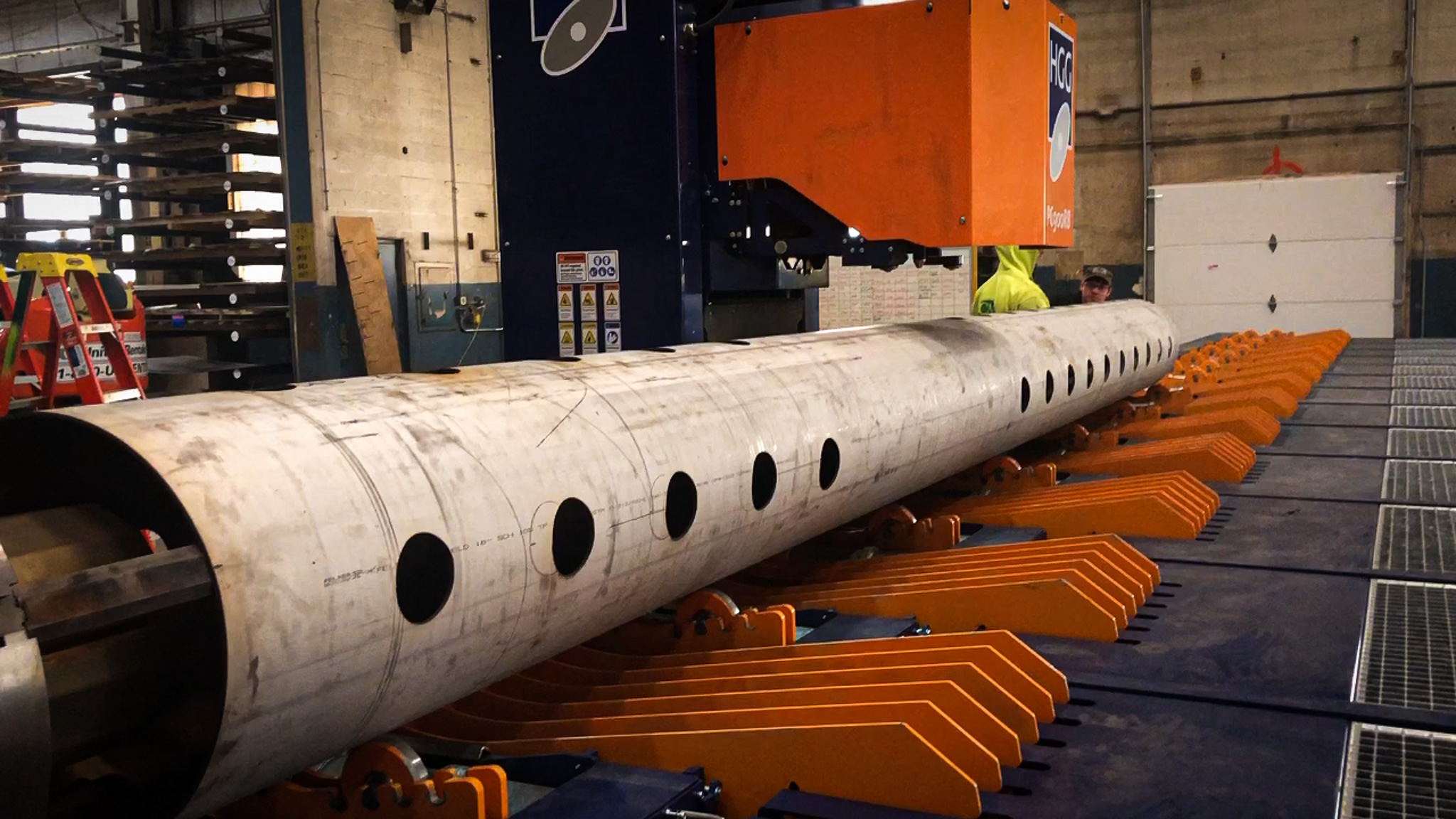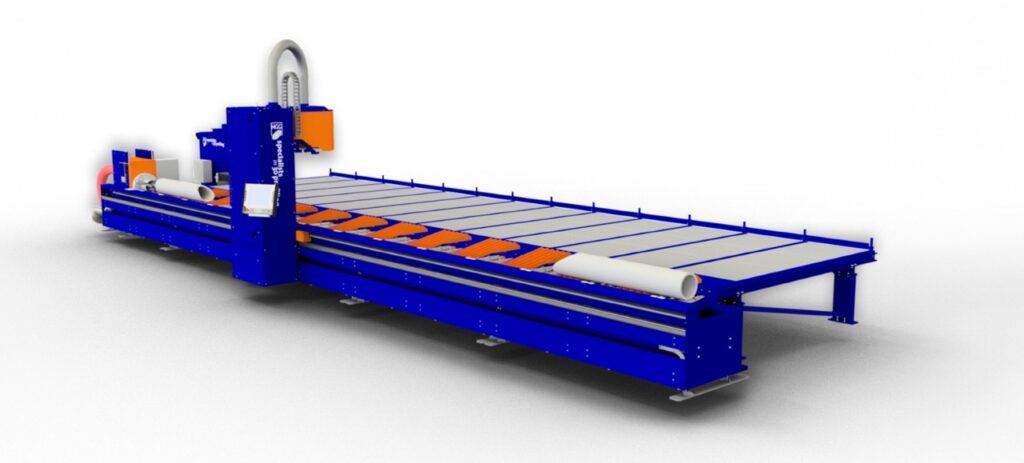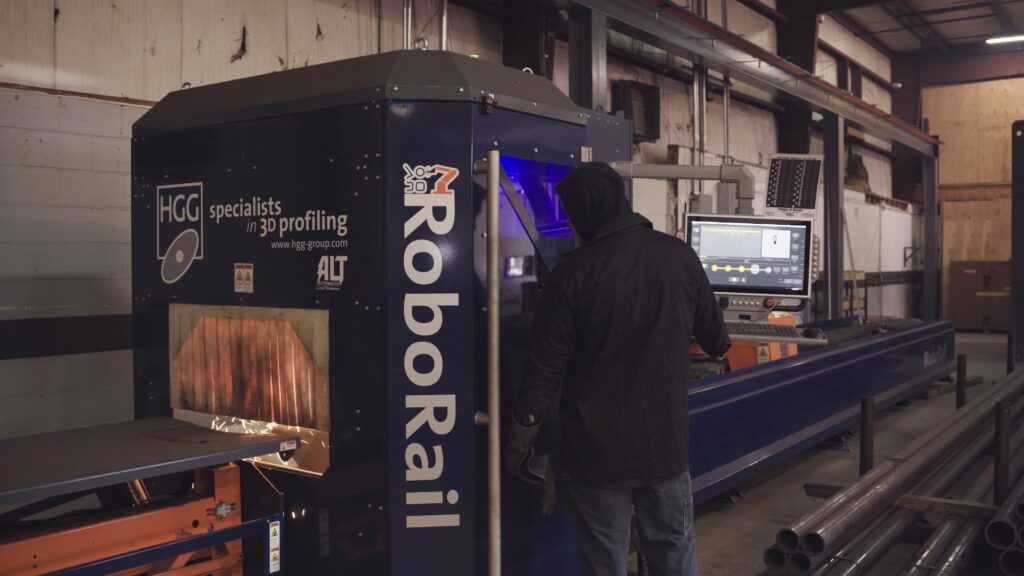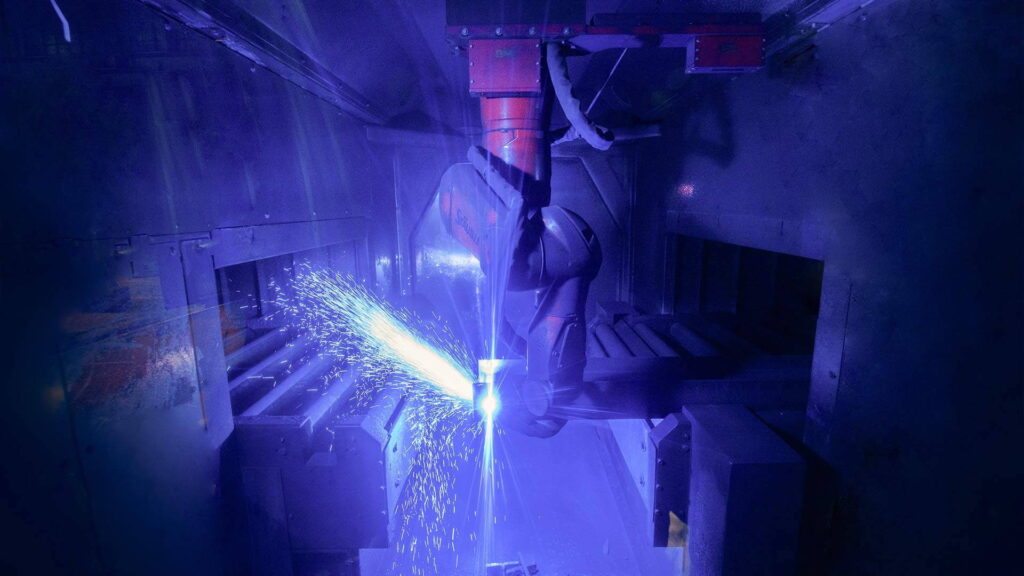
About this case
Introduction
Mechanical contractors like Coenen Mechanical LLC in Appleton, Wis., process eye-popping amounts of tube and pipe year over year. They need it on an ongoing basis to provide their customers with maintenance and repair services, but they also need it for new system installations in brownfield and greenfield facilities.
When new facilities are being constructed, a mechanical contractor might need to produce thousands of pipe spools if not tens of thousands. And they need to produce them at a fast clip. To have the edge and efficiency to compete for the job, the company invested in an HGG PC900RB, a CNC machine for automated 3-D plasma pipe cutting.
95%
Time saving
ProCutter 900 RB
10.000
Pipe spools in 10 months
ProCutter 900 RB
130.000
Square feet of fabrication
Coenen Mechinacal LLC
1997
Coenen Mechanical LLC
Coenen Mechinacal LLC
10.000 pipe spools in 10 months time
“Big jobs like a paper mill, power plant or data center are typically fast paced with tight schedules,” says Jim Forbes, lead engineer at Coenen. “Unless you have a way to really be efficient, it’s hard to compete for that work.”
And Forbes knows first-hand. Recently, the team at Coenen landed a contract for the mechanical work at a large paper mill being constructed in northern Wisconsin.
When construction began, Coenen had field crews on-site, installing pipe. “As we were making it, they were putting it in,” he says. To stay on pace, the pipe department back at the home base in Appleton produced 10,000 pipe spools in the span of 10 months. Without the PC900RB, the company might have only been halfway through the required material within that same timeframe.
“If it weren’t for that machine, there’s no way we could have hit that kind of volume within the deadline,” he says. “The benefit of the new equipment just for that one project was huge for us.”
Machine must-haves
Prior to investing in the automated plasma pipe cutting machine, the team at Coenen produced their pipe spools the traditional way. They would use a metal saw to cut the pipe to length, a grinder for bevels, and an oxyacetylene flame cutter or plasma cutter for any profile cutting.
For holes – some spools could require as many as 50 – Forbes would make a paper template for his guys to lay out each one on the horizontal pipe. They would wrap the template around the pipe, etch it out with a marker or pencil, and then cut it out with a plasma cutter.
“And then they’d have to get out the grinder to bevel it, prep it and then do the same thing again to the other side,” Forbes explains.
“With the HGG system, we eliminated all those steps. For a pipe with 50-some holes in it, it would probably take two or three days for one person to do all that. On the HGG, it took about an hour.”
“Our employees were happy to see the investment in the PC900RB. They see that we’re investing in the business, which helps us continue to be competitive and stay busy. In our market, there are always shops that are evolving. Some are getting better and growing, but some are dying. Our guys, of course, appreciate being a part of one that’s growing.”
Jeff Johnson, CEO and co-owner of Coenen Mechanical LLC
This article was originally published on Fab Shop Magazine. Read the full article here.







